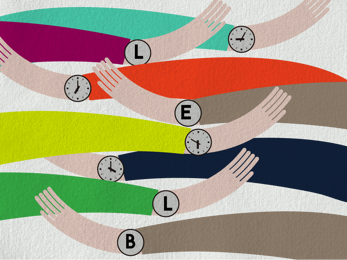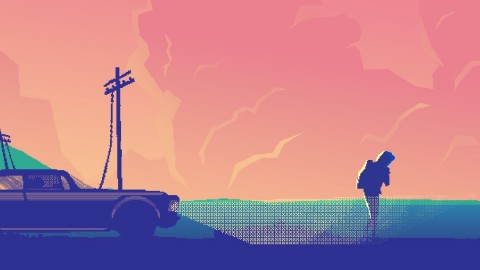
Nothing like a 2-bit beach, 8-bit sounds, and real sand to get in your shoes
I’m not a beach person. I don’t like when sand gets in my shoes. And I don’t like wearing sandals to avoid that very problem either. I live in San Francisco, where the beaches are notoriously windy and cold, not sun-kissed and surf-ready. When I think of beaches, I often wish I were thinking of something else. But Virtua Walker ‘87, a virtual reality game borne from last weekend’s Global Game Jam, imagines a different kind of beach—one that I might even fancy walking along. The 2-bit color limited Virtua Walker ‘87 was developed by the Scotland-based Robin Sloan, Paul…







